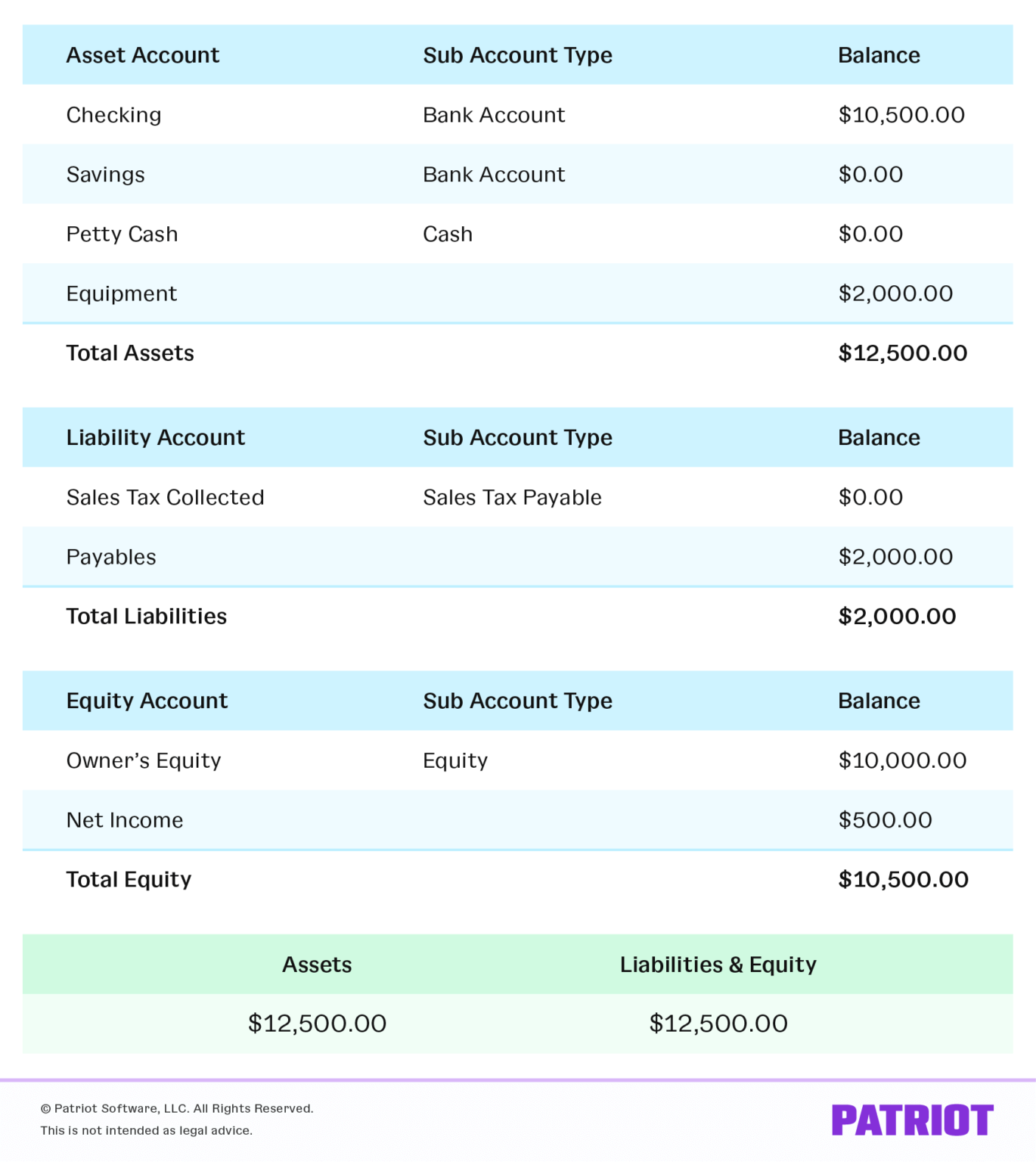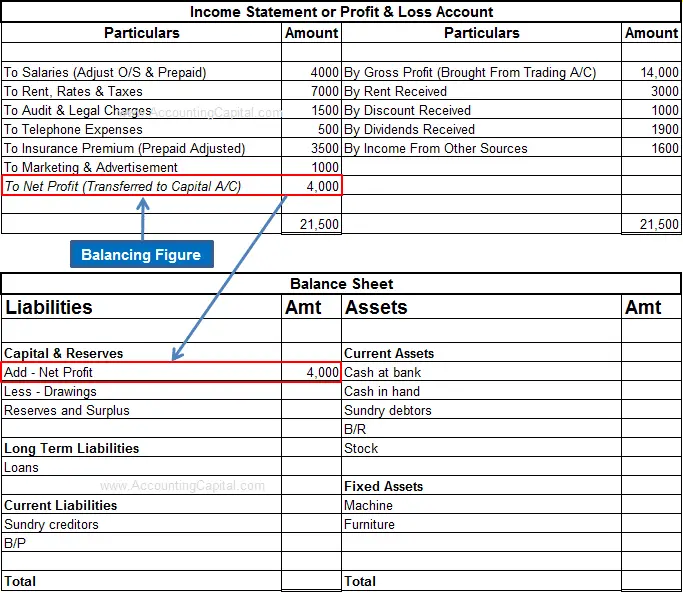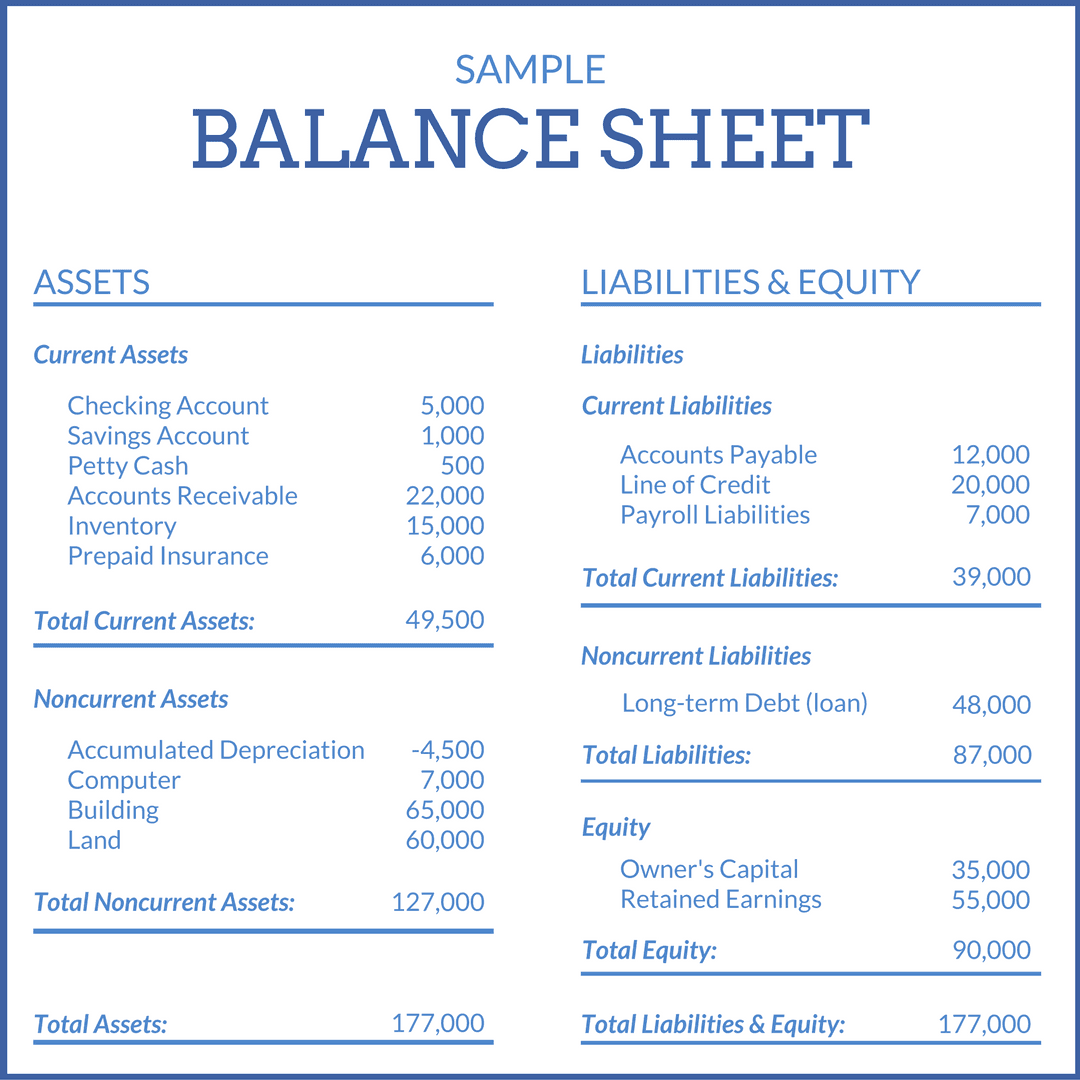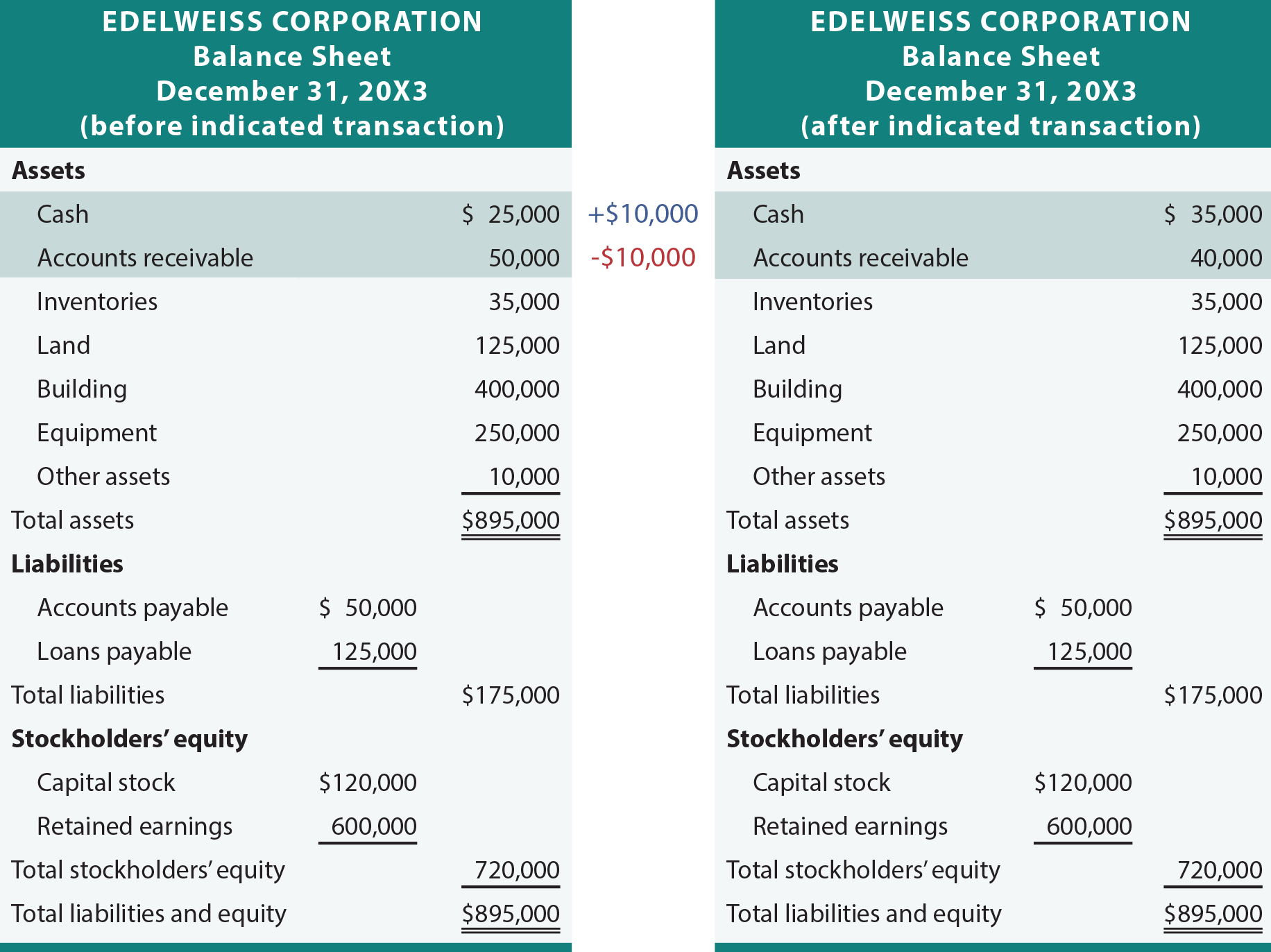Painstaking Lessons Of Info About Profit In Balance Sheet Effect Of Transactions On Accounting Equation Examples
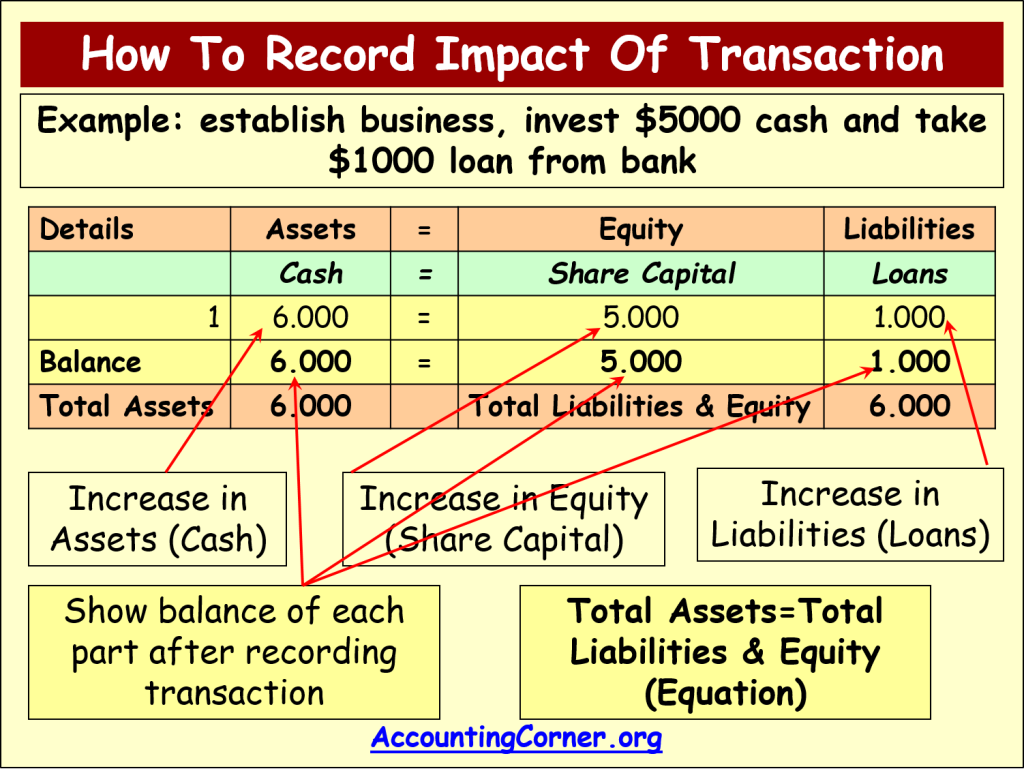
That is, through investment from the.
Profit in balance sheet effect of transactions on accounting equation examples. The accounting equation remains balanced because there is a $3,500 increase on the asset side, and a $3,500 increase on the liability and equity side. Accounting equation formula. So on a balance sheet, accumulated depreciation is subtracted from the value of the fixed asset.
As you see, asi's assets increase by $10,000 and stockholders' equity increases by the same amount. The effect on the corporation's accounting equation is: Owners invested cash metro courier, inc., was organized as a corporation on january 1, the company issued shares (10,000 shares at $3 each) of common stock for $30,000.
Using the concept of accounting equation, compute missing figures from the following: The decrease to equity because of the dividend payout affects the statement of. Understanding how different transactions impact the accounting equation is critical for keeping the accounting books neat and tidy.
Illustration go through the explanation to the following few transactions which have occurred towards the beginning of a newly started business. Here, liabilities = 10,000 capital = 19,700 assets = 10,000 + 19,700 = 29,700 q.3 show the effect of the following. A business is proposed to.
As we've learned previously, the accounting equation is a mathematical expression that shows the relationship among the different elements of accounting, i.e. 3.2 the effect of profit on the accounting equation. Assets = liabilities + equity.
This post explains everything you need to know about the effects of different types of business transactions on the accounting. There are different ways to express this concept, like. The accounting equation remains balanced because there is a $3,500 increase on the asset side, and a $3,500 increase on the liability and equity side.
Impact of drawings and profit (ie income less expenses): The decrease to assets, specifically cash, affects the balance sheet and statement of cash flows. The accounting equation is the basis of the balance sheet which provides a snapshot of a company’s financial position.
As fixed assets age, they begin to lose their value. The expanded accounting equation breaks down the equity portion of the accounting. When a transaction occurs, the total assets of the business may change, but the equation will remain in balance.
The accounting equation serves as the basis for the balance. The equation must always balance as it. Recall the accounting equation’s basic form.
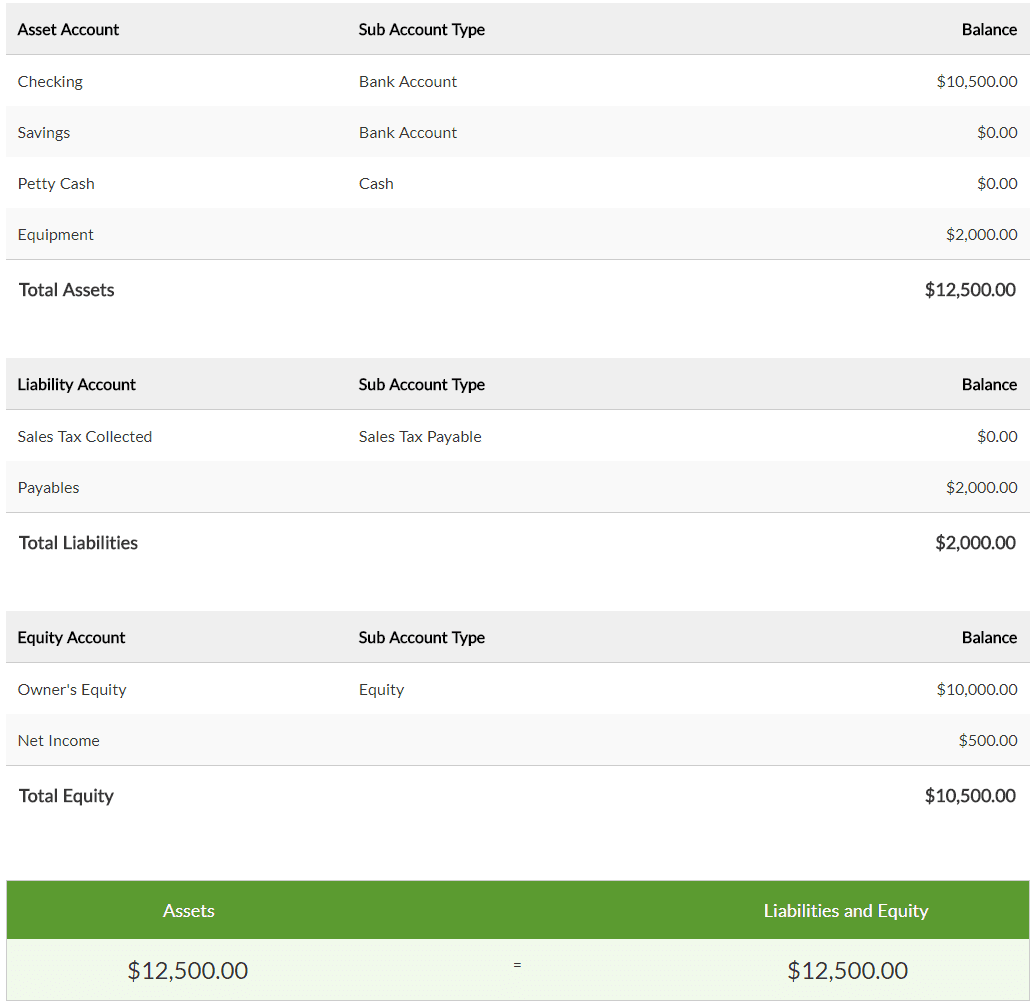
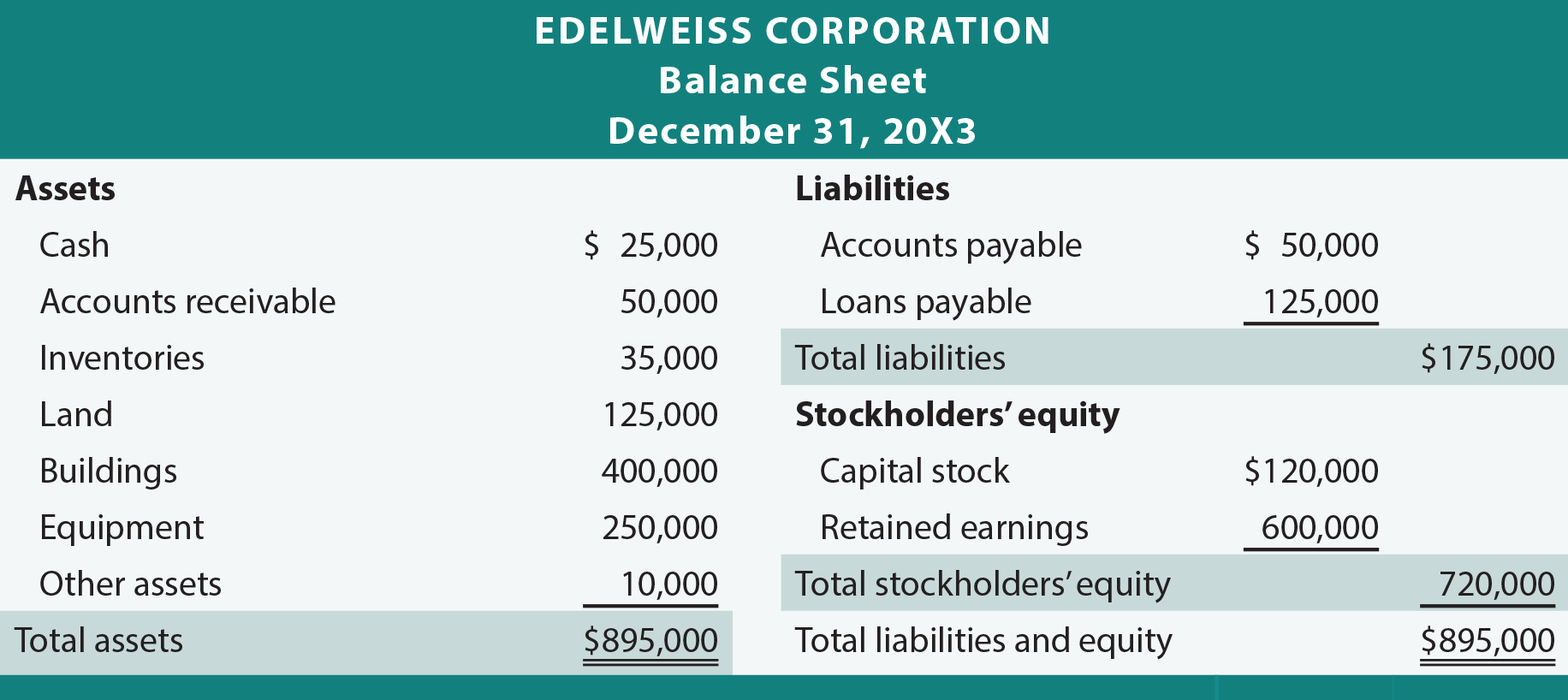
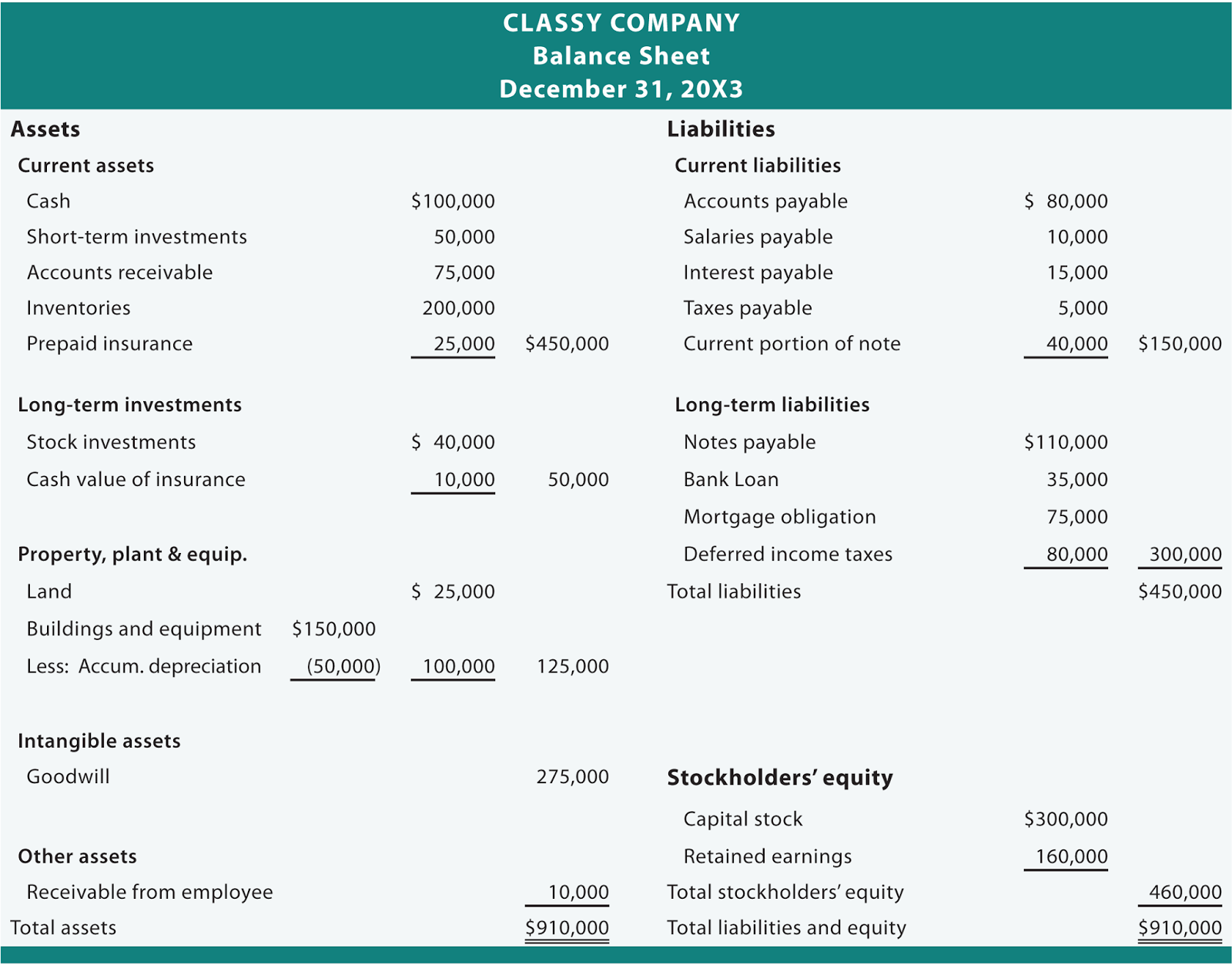
:max_bytes(150000):strip_icc()/Clipboard02-5c6ecfab46e0fb0001b6815b.jpg)
:max_bytes(150000):strip_icc()/dotdash_Final_Accounting_Equation_Aug_2020-01-5991871f007444398dea7856b442af55.jpg)


